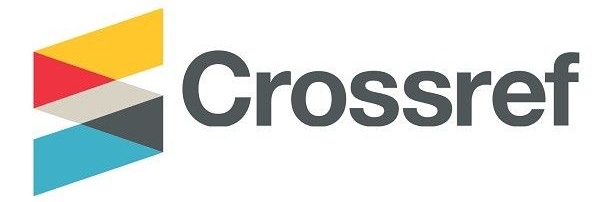Optimalisasi Kinerja Solar Shading Sebagai Usaha Menurunkan Solar Gain pada Bangunan
DOI:
https://doi.org/10.21776/ub.ruas.2018.016.02.4Keywords:
type, material, simulation, solar gainAbstract
A glass facade is commonly used by modern building nowadays, even in the tropical area with its characteristic. Thus, buildings often face a problem with thermal comfort. Passive design strategy supposed to be considered by the architect in order to avoid inconvenience with the heat. This strategy utilized the architectural element as the tools to reach the comfort level. The aim of this study was to optimize the thermal behavior of the building itself by the modification of solar shading types and materials. EnergyPlus was used as a simulation tool in this study. The results show that solar gain exterior window can be reduced by 52,73% by using concrete louvre and wood louvre.References
Dewi, C. P. (2013). Double Skin Façade Strategy in Reducing Cooling Energy Demand for Energy Efficiency. National Central University, Taiwan.
Dewi, C. P., & Bakhtiar, A. (2017). Efektifitas Kinerja Double Skin Fasade-Green Wall terhadap Efisiensi Energi Pendinginan Bangunan. Jurnal RUAS, 2.
Dewi, C. P., Huang, R.-Y., & Nugroho, A. M. (2013). Strategi Double Skin Fasade pada Bangunan Kampus National Central University dalam Menurunkan Kebutuhan Energi Pendinginan. Jurnal RUAS.
ES-SO. (2018). Solar shading for Low Energy and Healthy Buildings. European Solar shading Organization.
Kamal, M. A. (2010). A Study on Shading of Buildings as a Preventive Measure for Passive Cooling and Energy Conservation in Buildings. International Journal of Civil & Environmental Engineering, 10 No 06.
Lechner, N. (2007). Heating, Cooling, Lighting Metode Desain Untuk Arsitektur. Jakarta: PT Raja Grafindo Persada.
Lubab Fahmi, E. (2018). Shading device. Retrieved from https://www.scribd.com/document/327359926/560b8e1f7cff4EMIL-LUBAB-FAHMI-1451010018-Shading-Devices
Prasetyo, Y. H. (2014). Kinerja Bangunan Desain Pasif Berdasarkan Simulasi Ecotect Dan Pengukuran Lapangan Studi Kasus : Bangunan Konvensi “Grha Wiksa Praniti†Bandung Building Performance of Passive Design Based on Ecotect Simulation and Field Measurement Case Study : Convention Center Building “Grha Wiksa Praniti†Bandung. Jurnal Permukiman, 9 No.1, 41–53.
Prianto, E. (2007). Pemanasan Global Dan Konsep Rumah Hemat Energi. Retrieved from http://www.energiterbarukan.net
Downloads
Published
How to Cite
Issue
Section
License
Authors who publish with this journal agree to the following terms:
- Authors retain copyright and grant the journal right of first publication with the work simultaneously licensed under a Creative Commons Attribution License that allows others to share the work with an acknowledgement of the work's authorship and initial publication in this journal.
- Authors are able to enter into separate, additional contractual arrangements for the non-exclusive distribution of the journal's published version of the work (e.g., post it to an institutional repository or publish it in a book), with an acknowledgement of its initial publication in this journal.
- Authors are permitted and encouraged to post their work online (e.g., in institutional repositories or on their website) prior to and during the submission process, as it can lead to productive exchanges, as well as earlier and greater citation of published work (See The Effect of Open Access).












